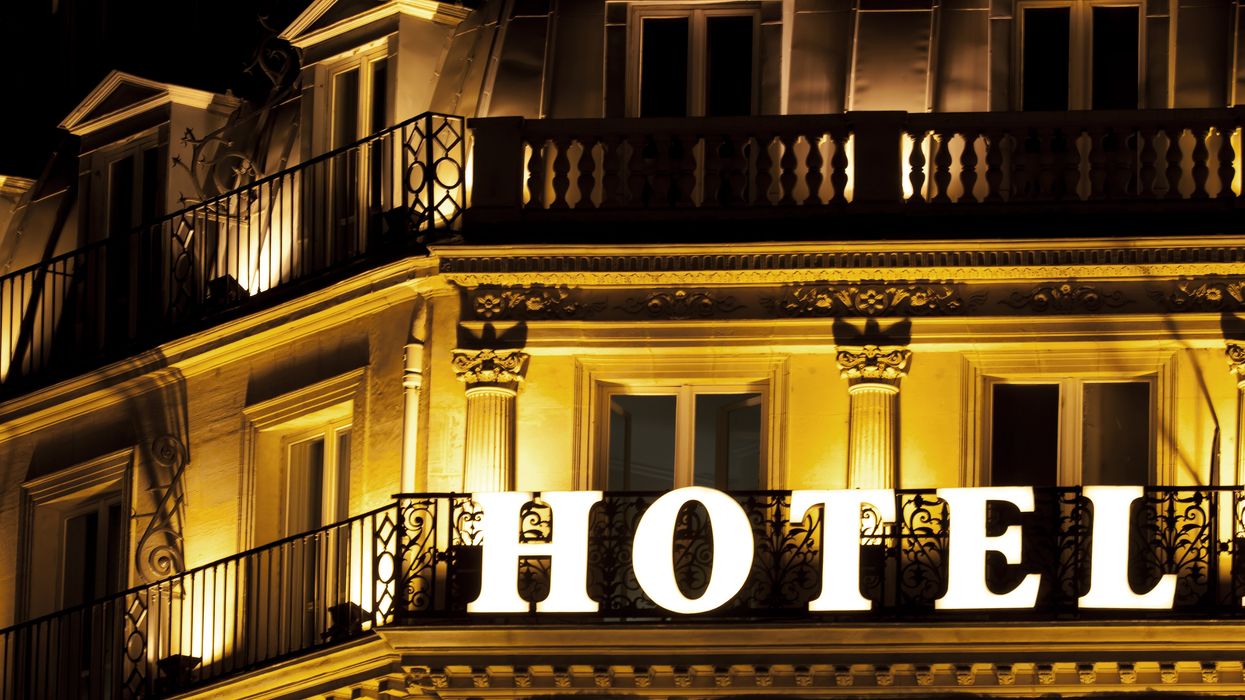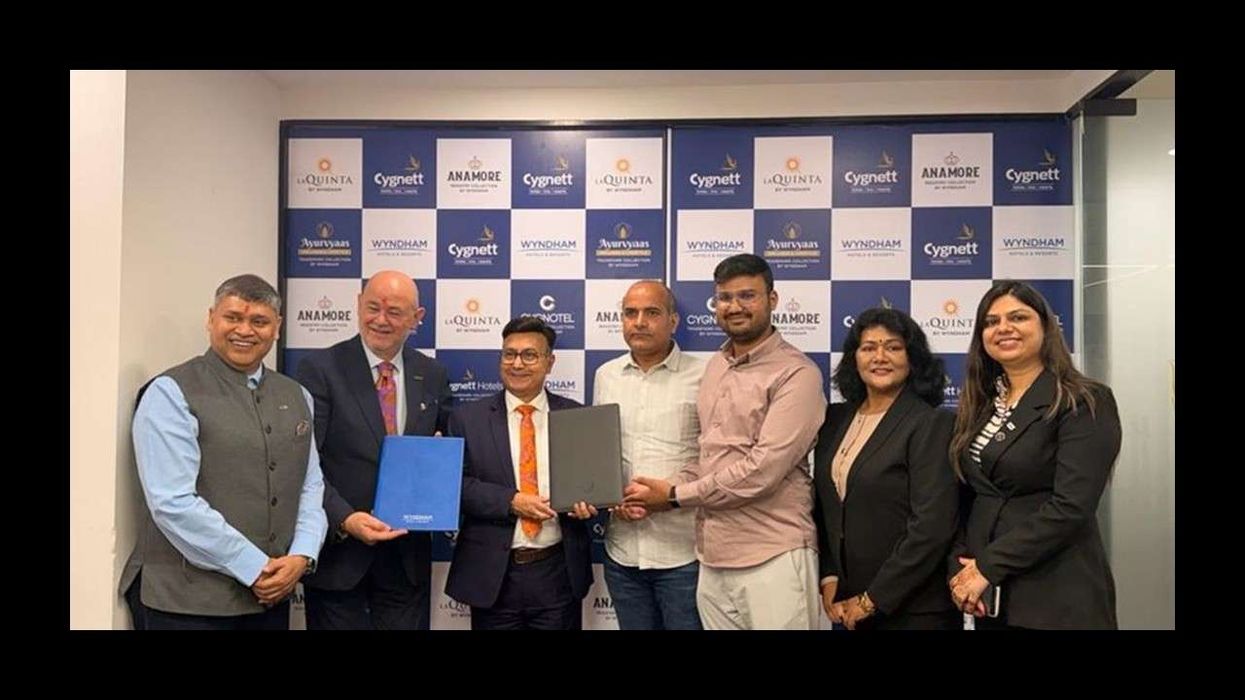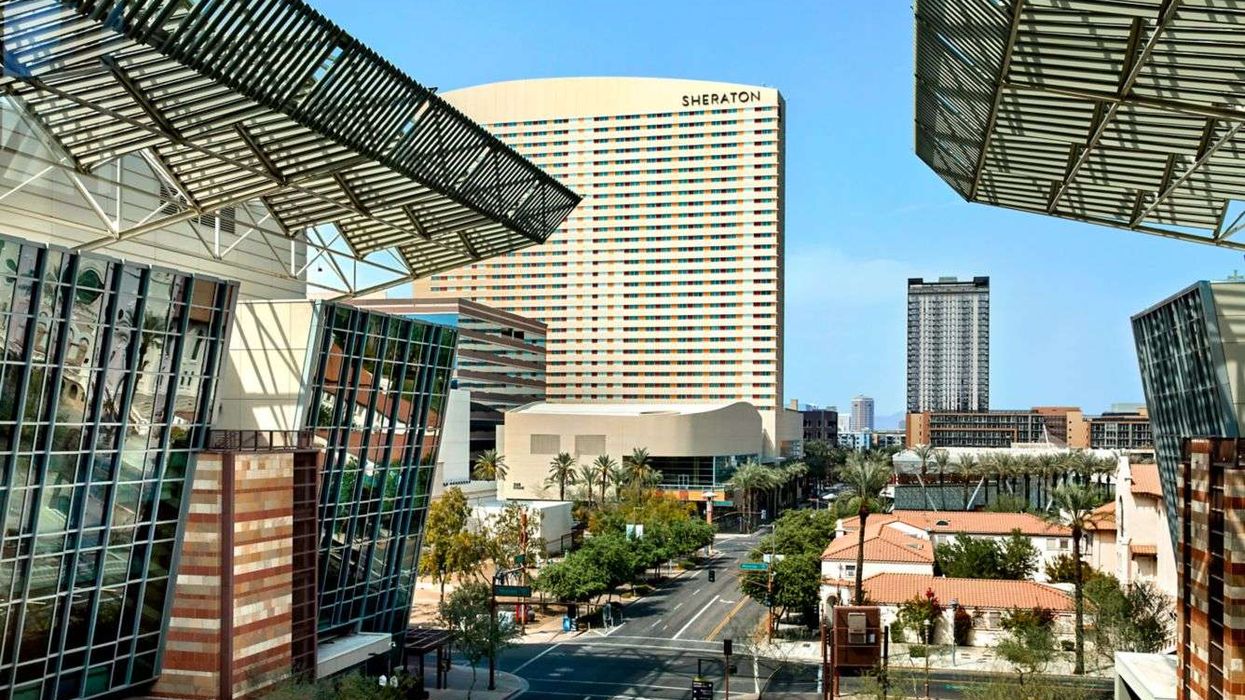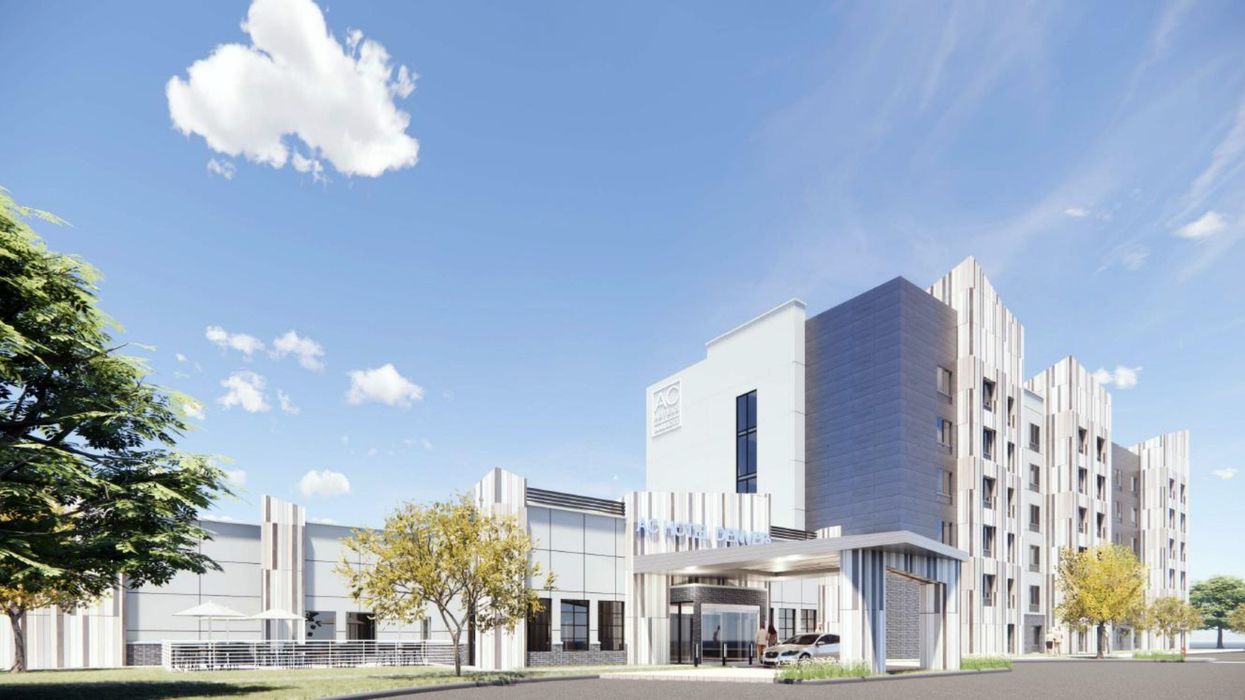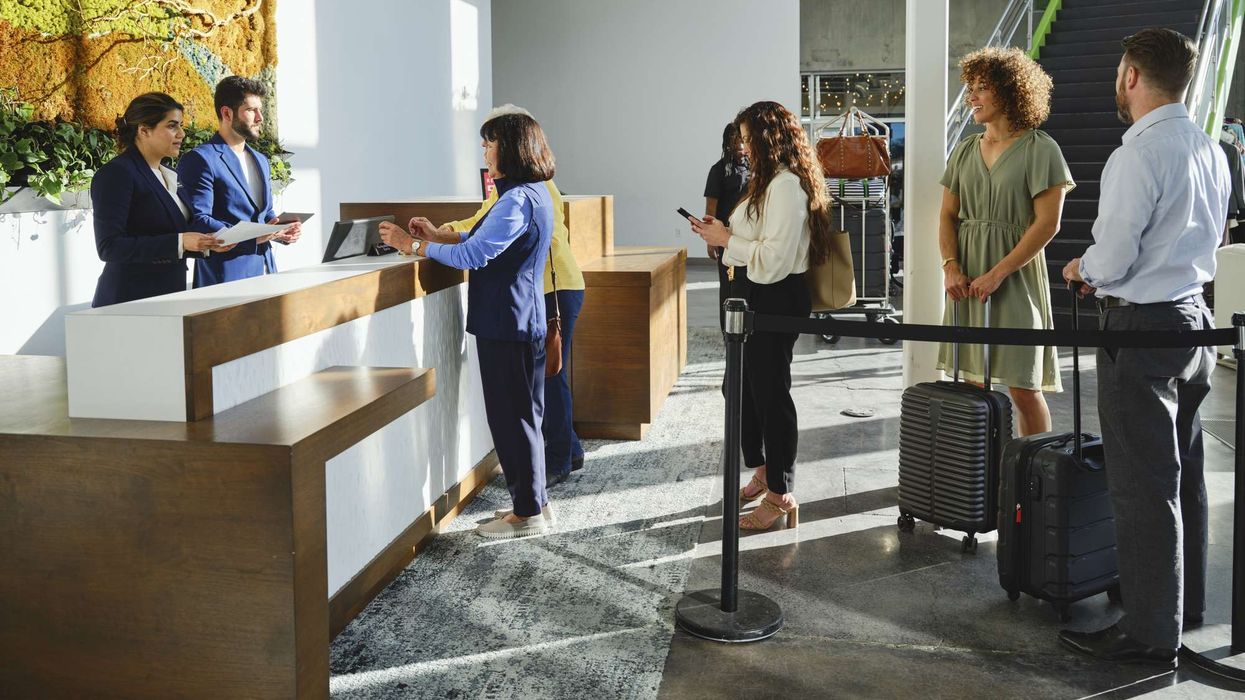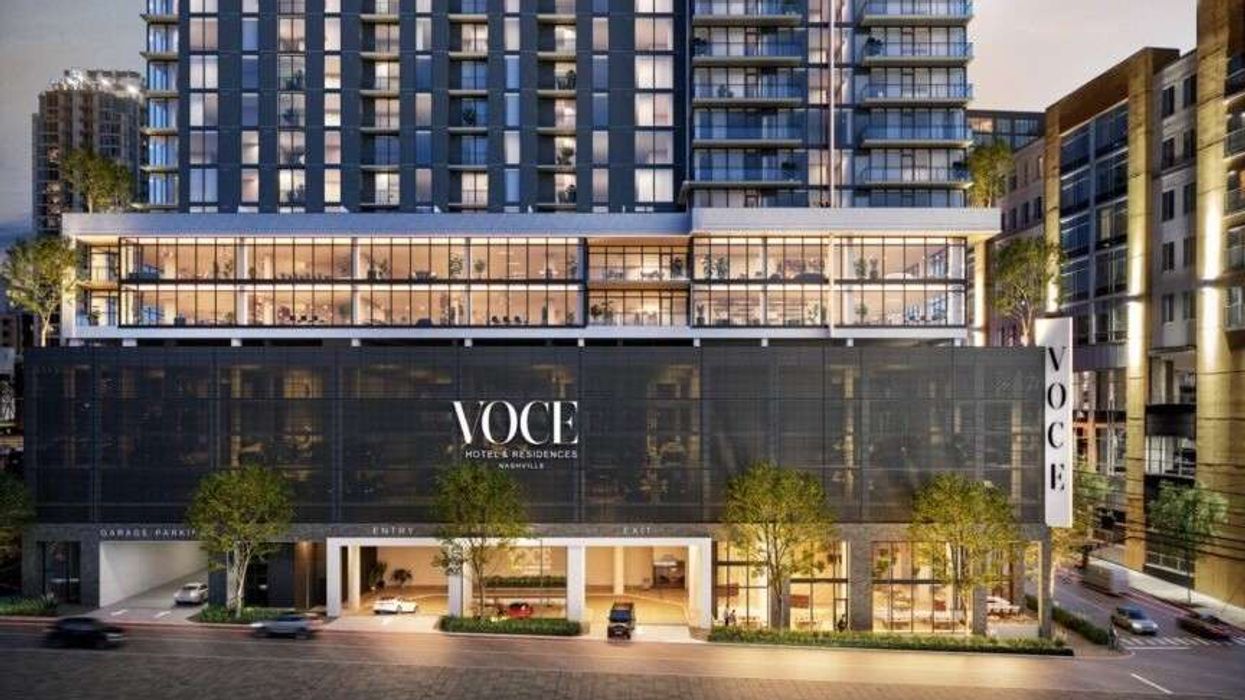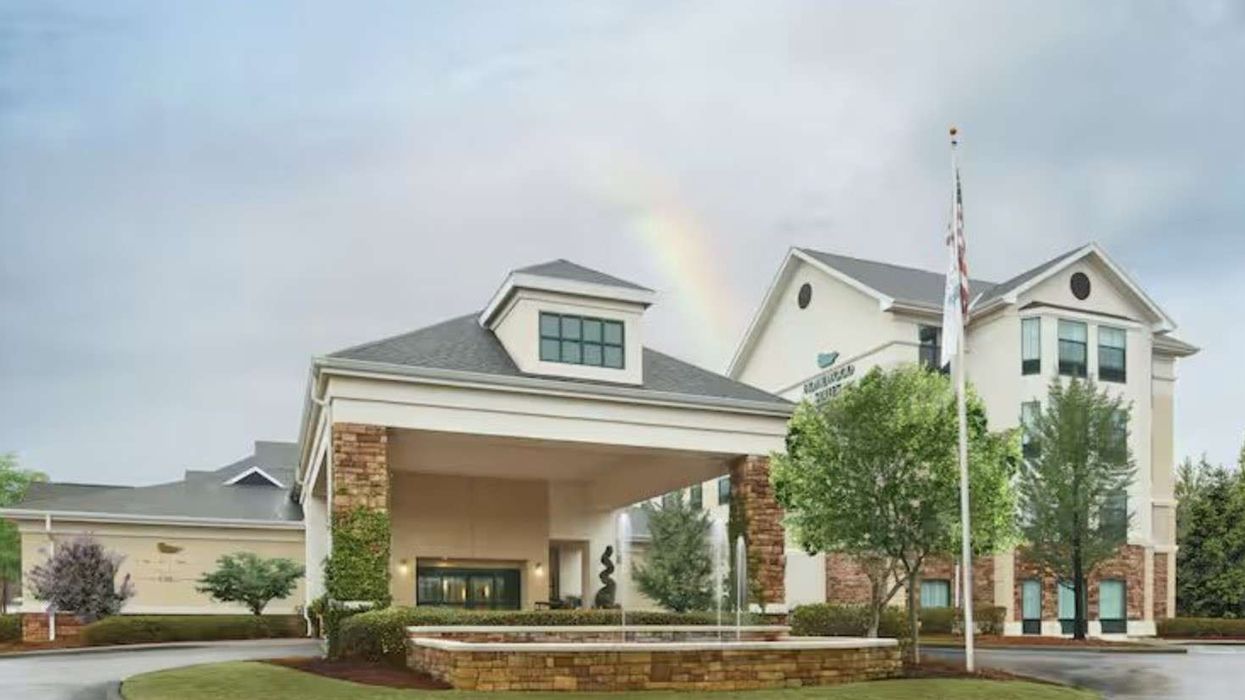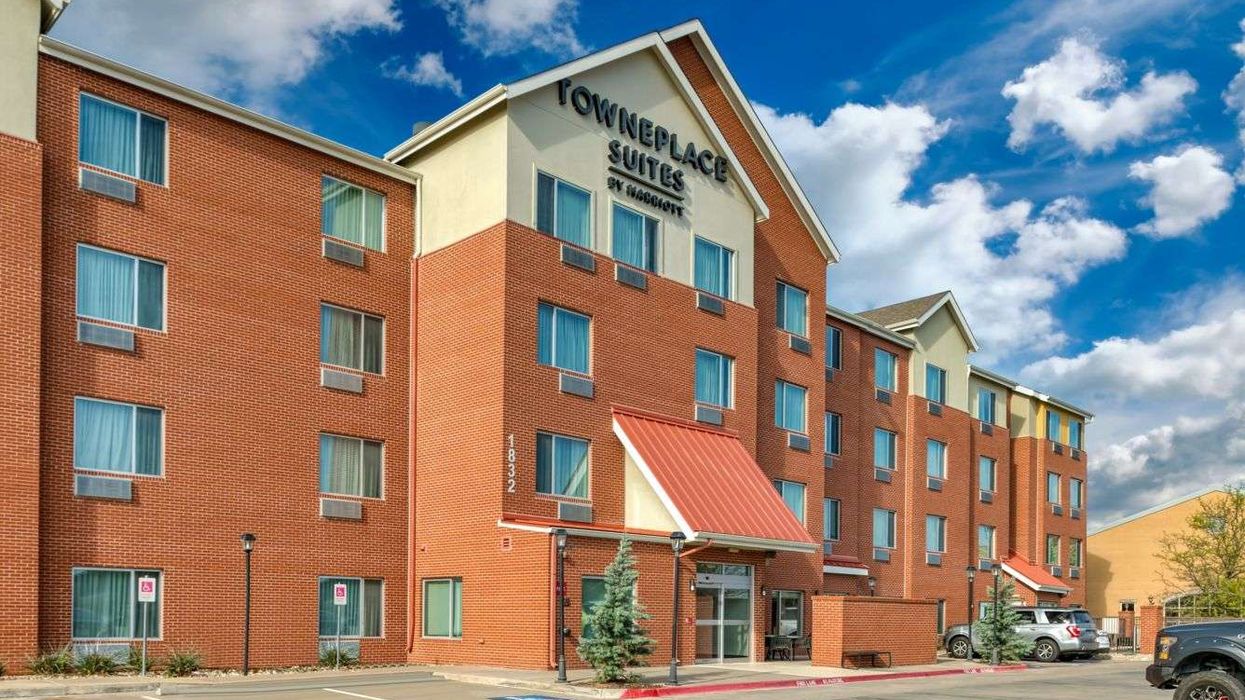Why TRevPAR & GOPPAR Matter for Hotel Profitability?
HOTELS BENEFIT FROM assessing TRevPAR and GOPPAR for a broader performance view instead of focusing solely on RevPAR, according to HotStats. While RevPAR, the primary metric for hotel success, is calculated by dividing total room revenue by available rooms, relying on it alone is like judging a restaurant by its appetizers—it only tells part of the story.
HotStats illustrated this with scenarios in its blog post:
Scenario 1: The "Full House, Empty Wallet" dilemma
A fully booked hotel that still struggles with profitability.
RevPAR says: "You’re winning!"
A boutique hotel with 100 fully booked rooms sees RevPAR at $200—a strong performance on the surface.
TRevPAR tells a different story:
While rooms are sold out, guests spend little on dining, spa, or other amenities. Total revenue, including F&B and services, reaches $25,000, making TRevPAR $250.
GOPPAR sets the record straight:
After operating costs like wages, utilities, and supplies, gross profit is just $5,000, bringing GOPPAR down to $50—far from the $200 RevPAR suggested.
Takeaway: High occupancy doesn’t guarantee high profits. Without optimizing ancillary revenue and cost efficiency, potential earnings are lost.
Scenario 2: The "Luxury Leisure" upsell
A strategy where a hotel or resort maximizes revenue by encouraging guests to spend beyond room rates.
RevPAR says: "Nice job!"
A resort’s RevPAR hits $300, driven by premium room rates during peak season.
TRevPAR says: "Keep it up!"
Guests spend on upscale dining, spa treatments, golf packages, and private cabanas. Total revenue reaches $80,000 for 200 available rooms, raising TRevPAR to $400.
GOPPAR says: "You're killing it!"
With well-managed costs, 50 percent of revenue converts to profit, bringing GOPPAR to $200.
Takeaway: TRevPAR and GOPPAR validate RevPAR’s signal but also highlight how upselling and cost control drive real success.
Scenario 3: The "Hidden Cost" trap
A hotel with strong non-room revenue but shrinking profits due to high costs.
RevPAR says: "It’s a slow day."
A city hotel’s RevPAR drops to $80 during the off-season.
TRevPAR says: "We’re still in the game."
Guests spend on co-working spaces and the rooftop bar, keeping total revenue at $15,000 for 100 available rooms, pushing TRevPAR to $150.
GOPPAR says: "We’re not out of the woods yet.
Higher marketing costs to attract off-season travelers cut into profits, bringing GOPPAR down to $30—showing that even with diversified revenue, cost control is key.
‘RevPAR doesn’t tell the whole story’
RevPAR measures room revenue but overlooks other revenue streams and cost efficiency, HotStats said. TRevPAR and GOPPAR provide a clearer picture of a hotel's financial health, from revenue potential to profitability. This broader view is key to strategic decisions.
A high RevPAR may suggest success, but weak ancillary revenue or poor cost management can erode profitability, the report said. Conversely, strong non-room revenue can offset lower RevPAR.
Understanding these metrics helps hoteliers identify opportunities, address inefficiencies and drive long-term profitability, HotStats said. It’s not just about revenue—it’s about how effectively it converts to profit.
Next time someone boasts about RevPAR, ask: "What about TRevPAR and GOPPAR?" After all, profit is what truly matters.
A November 2023 HotStats blogpost highlighted benchmarking as the first step in budget planning and noted the rise of zero-based budgeting in hospitality since the pandemic.
